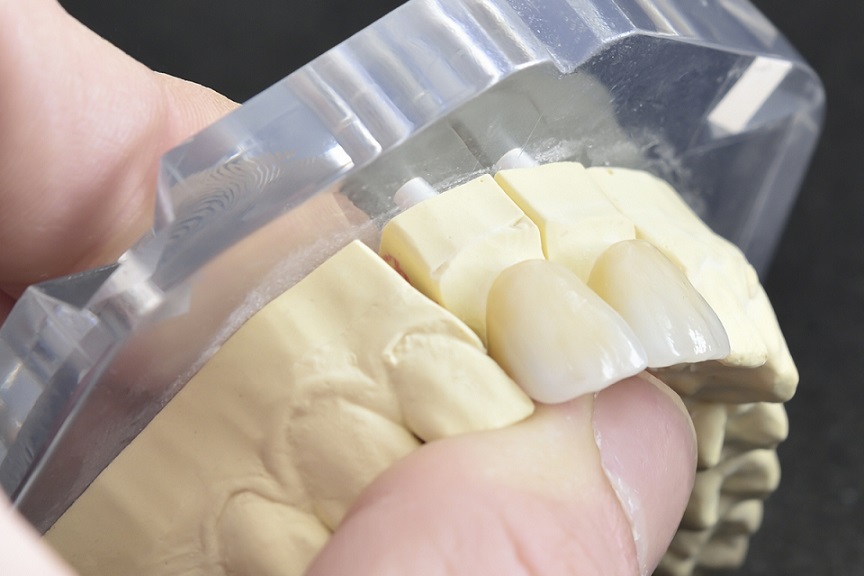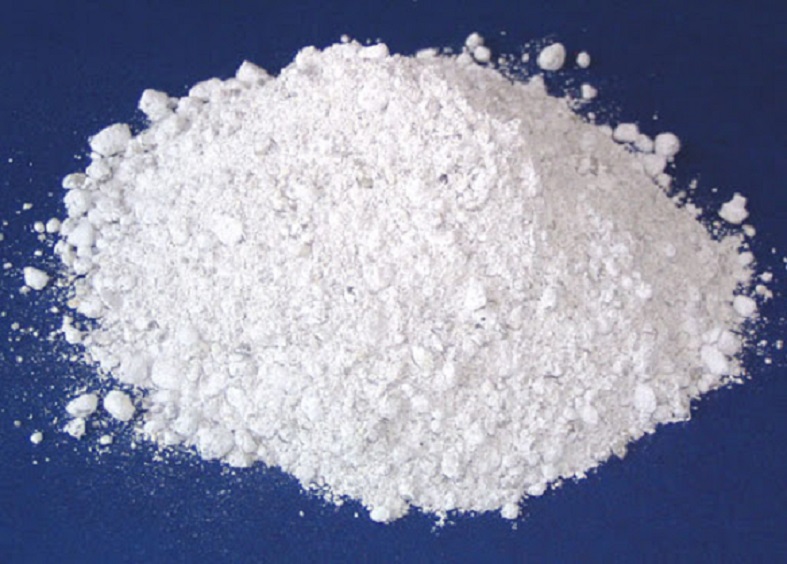6 Uses of Zirconium You Mightn't Know

6 Uses of Zirconium You Mightn't Know
Perhaps most people are relatively new to zirconium. In fact, zirconium is not new to us. On the contrary, it has been applied to many aspects of our lives. Since ancient times, it has been used as a gem and plays a decorative role in people's lives because it has rich and colorful colors. With the deepening of people's understanding of zirconium, the use of zirconium is becoming wider and wider. In this article, we'll introduce 6 uses of zirconium you mightn't know.

Uses of Zirconium
The application fields of zirconium are very extensive, mainly in the form of zirconium silicate and zirconia, which are used in ceramics, refractory materials, and other fields. Only 3% -4% of zirconium ore is processed into metal zirconium or sponge zirconium, and then further processed into various zirconium materials.
1. Uses of Zirconium in the Petrochemical Industry
As an active metal, zirconium will form an oxide film at room temperature. This oxide film makes zirconium and its alloys have excellent corrosion resistance. At the same time, zirconium has good mechanical and heat transfer properties, coupled with significant cost advantages, making it an excellent corrosion-resistant structural material in today's petrochemical industry.
2. Uses of Zirconium in the Field of Nuclear-grade Zirconium
Due to its small thermal neutron absorption cross-section, zirconium metal has excellent nuclear properties. Because of this characteristic, zirconium is used as a structural material for nuclear-powered aircraft carriers, nuclear submarines, and civil power generation reactors, as a cladding for uranium fuel elements, etc. This kind of zirconium is called nuclear-grade zirconium. Nuclear-grade zirconium is an important strategic metal of the country and is closely related to the development of the nuclear industry.
3. Uses of Zirconium in the Field of Industrial-grade Zirconium
Industrial-grade zirconium is mainly used to make chemical acid and alkali-resistant equipment, the military industry, the electronics industry, pipeline valve materials, special high-strength, and high-temperature alloy materials, electric vacuum and light bulb industry getters.
4. Uses of Zirconium in the Field of Firearm-grade Zirconium
Firearm-grade zirconium is used in a firearm sponge zirconium combustion agent, also suitable for alloy additives and metallurgical deoxidizers, chemical industry, civil flash fireworks, etc.
5. Uses of Zirconium in the Field of Zirconium Dioxide

Zirconium Dioxide
Zirconium dioxide is a non-toxic and odorless white solid. It has sufficient stability to alkali solutions and many acidic solutions. It is suitable for precision ceramics, electronic ceramics, optical lenses, glass additives, electro-soluble zirconium bricks, ceramic pigments, enamel, artificial gems, refractory materials, and grinding and polishing industries.
6. Uses of Zirconium in the Field of Zirconium Silicate
Zirconium silicate is an important variety of traditional zirconium products. As a high-quality and inexpensive ceramic glaze opacifier, it is mainly used in the production of colored glaze for architectural ceramics, daily-use ceramics, and electric porcelain. In addition, it is also widely used in advanced refractory materials, precision casting, emulsified glass, and other industries.
From the aspects of ease of processing, technological level, and technological content, metal zirconium, and its alloy products are at the top of the industrial chain.
More about Zirconium
At present, Europe and China are the main consumer markets for zirconium and China's demand for zirconium accounts for 52%. As China's nuclear power industry enters a stage of rapid development, the demand for nuclear-grade zirconium is also increasing.
At the same time, China is also a major producer and exporter of the ceramic industry in the world, and zirconium silicate is the direct and main raw material for the ceramic industry. With the rapid development of China's ceramic industry in recent years, the demand for zirconium has also increased rapidly.
Conclusion
Thank you for reading our article and we hope it can help you have a better understanding of the uses of zirconium. If you want to know more about zirconium and other refractory metals, you can visit Advanced Refractory Metals (ARM) for more information.
As a leading manufacturer & supplier of refractory metals across the world, ARM is headquartered in Lake Forest, California, America, providing customers with high-quality refractory metals such as tungsten, molybdenum, tantalum, rhenium, titanium, and zirconium at a very competitive price.
{{item.content}}
LEVE A REPLY
{{item.children[0].content}}
{{item.content}}






